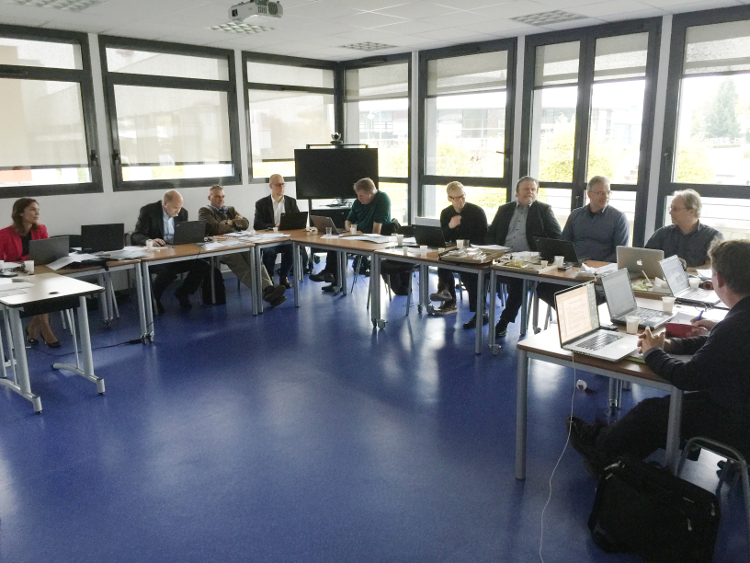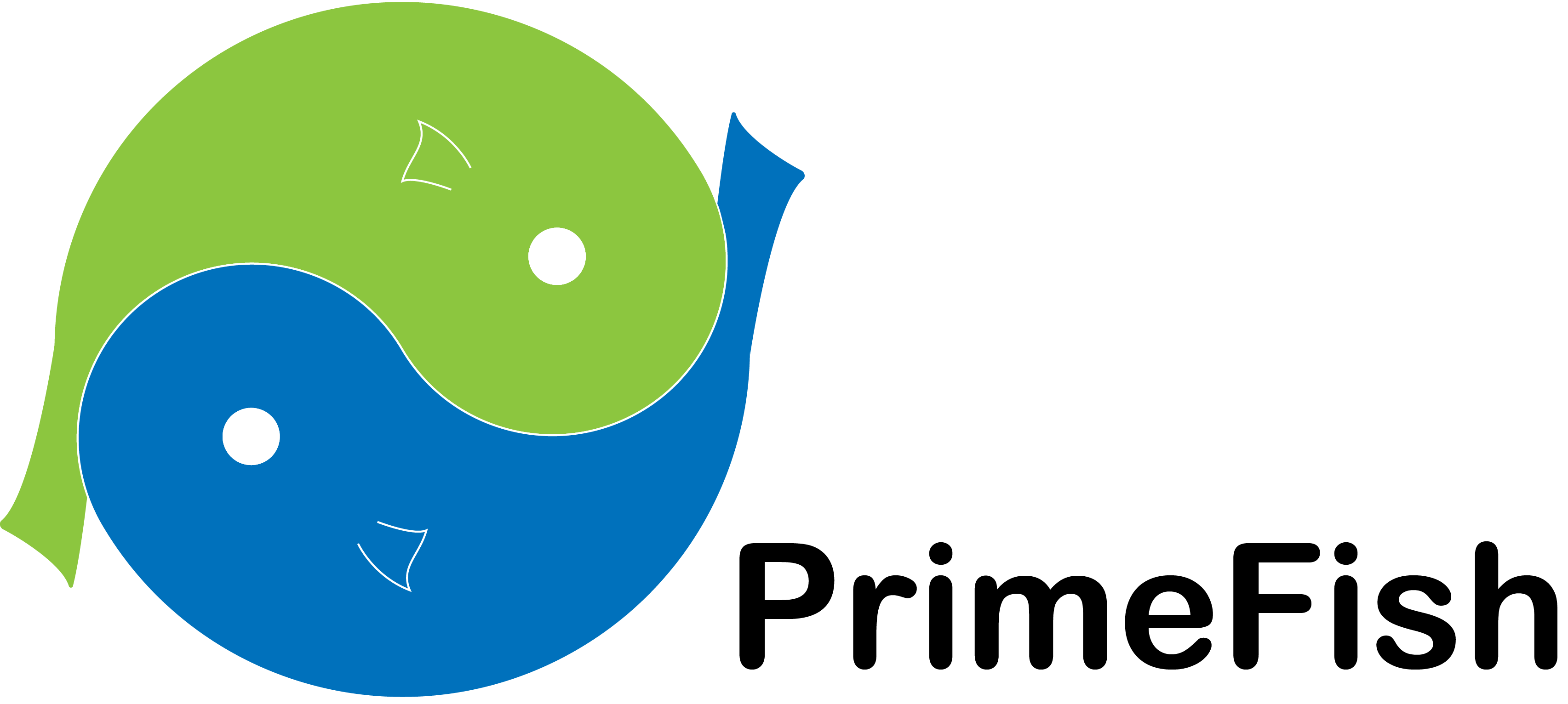PrimeFish project works in the development of its innovative decision support framework
A meeting held in Annecy (France) between 14th and 15th October joined the members of the PrimeFish consortium for the initial work on PrimeFish results. Scientists focused on the development of relevant research goals, such as the seafood simulation and prediction models (Work Package 5) and the major result of the project, its decision support framework (PrimeDSF – Work Package 6). These two vast areas are now in their initial steps, as the work they require will continue until January 2019.
Market prediction modelling (Work Package 5) requires a strong effort on market analysis. Firstly, scientists will gather data about the factors that have influenced the seafood market in the past and how they influenced the market. For example, lower production may result in higher prices and a better profitability for seafood companies. Nonetheless, this is a general affirmation as the seafood market receive a wide range of different influences, from the climate change to customer trends. To begin this analysis, PrimeFish participants agreed on focus their predictions on three aspects: market simulation and prediction, success analysis model and an innovation & price analysis.
All the data the scientist will gather for the previous tasks will be collected in the decision support framework (Work Package 6) or, as the project names it, the PrimeDSF. This big container (Prime DSF) will compile the knowledge generated by the project (e.g. consumer studies) as well as a web-based tool (Prime DSS). Industries, retailers, policy makers or any interested citizen with an Internet connection will be able to use this assessment tool and receive some tips about the evolution of the seafood market. One of the project partners, Syntesa, will commercialize this tool, while the methods, assumptions, and majority of project documentation will be open knowledge available to anyone.
The web application Prime DSS will be able to improve the performance of the seafood industry through seven key features:
- Success and failure stories
- Competitive position analyser
- Value-chain analyser
- Growth risk analyser
- Demand predictor
- Price predictor
- Product success check
In order to ensure the relevance of the data that will feed the prediction models and, therefore, will be collected in the Prime DSF tool, PrimeFish scientists are working on a new Fishery and Aquaculture Competence Index (FACI) that is based on the Fishery Competitive Index (FCI) created in 2005 to evaluate the competitiveness of the Icelandic and Norwegian fisheries. This index estimates the performance of fishing and aquaculture industries based on several factors that affect their competitiveness. It is based on neo-classical economies, theories and models for competitiveness, in particular the writings of Michael E. Porter.
Cooperation with the seafood industry is crucial for the PrimeFish project. Engaged companies have a fluent communication with the project and others stakeholders, they also have access to the project’s documentation (e.g. case studies, studies on market trends, value chain analysis) and they are active actors in other activities composing the Industry Reference Group (IRG). The aim of this interaction is validating the data, but also providing feedback on the research outcomes. Several seafood firms from the European Union, Canada and Vietnam are already included in the IRG, a structure that will remain open to new members during the project’s life. Interested firms can request more information through primefish@cetmar.org.
The project’s partner, University of Savoie Mont Blanc, hosted these fruitful meetings of the project steering group (PSG) and the Technical Committee. The project steering group works as an advisory committee for coordinating and monitoring the project’s development, while the Technical Committee joins the leaders of the project’s working groups.

